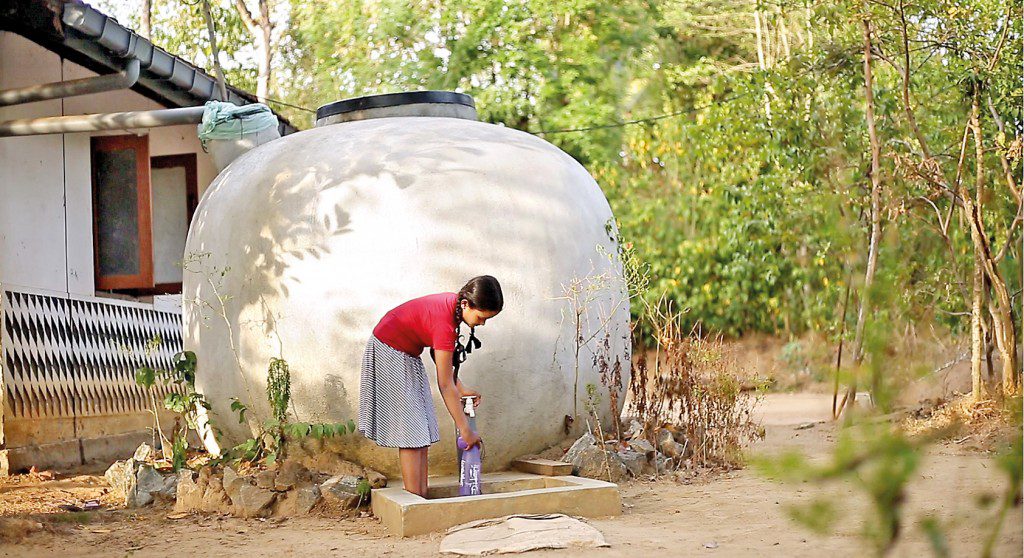How Our Village Lives Sustainably
Tucked away in Sri Lanka’s hill country, Belihuloya is a quiet haven of rivers, forests, and untouched beauty. From …
1. Sustainable Agriculture: The Home Garden (Kandé Vatté)
Every home maintains a multi-layered garden system known as Kandé Vatté, or the home garden. This practice mirrors the structure of a natural forest, combining crops like spices, vegetables, and fruit trees in harmony. By using poly-cropping, villagers naturally control pests, enrich the soil, and ensure food security—without the need for harmful chemicals or synthetic fertilizers.
Tip: Visitors can take part in guided garden walks to learn how these ancient agricultural methods promote resilience and biodiversity.
2. Resource Management: Rainwater and Natural Cooling
The village relies on traditional conservation techniques perfected over generations. Rainwater harvesting systems provide clean water for irrigation and household use, while homes are designed with verandas, high ceilings, and natural materials like clay and thatch to encourage airflow. This smart, passive architecture minimizes the need for electric cooling systems—even in warm seasons.
Tip: Notice how cool the houses feel even at midday—the design itself is a lesson in low-impact living.
3. Waste and Recycling: The Circular Economy
In our community, nothing truly goes to waste. Organic scraps are composted or fed to livestock, closing the loop in a self-sustaining system. Locals buy from nearby vendors who use reusable containers, and everyday materials—from coconut shells to glass bottles—are repurposed into useful items or crafts. The result is a living example of a circular economy rooted in practicality and care.
Tip: Ask the artisans about their recycled crafts—many use materials you’d never expect to find reborn as art.
4. Community Energy: Mini-Hydro and Bio-Gas
For energy needs, the village looks inward, using renewable community-based solutions. Small-scale mini-hydro systems harness the power of local streams, while bio-gas plants convert organic waste into cooking fuel. Together, these innovations make the community largely self-reliant and minimize dependence on the national grid—proof that traditional wisdom and modern sustainability can coexist beautifully.
Tip: Visit during the early evening to see how the village glows under soft, sustainable light—powered entirely by its own ingenuity.



